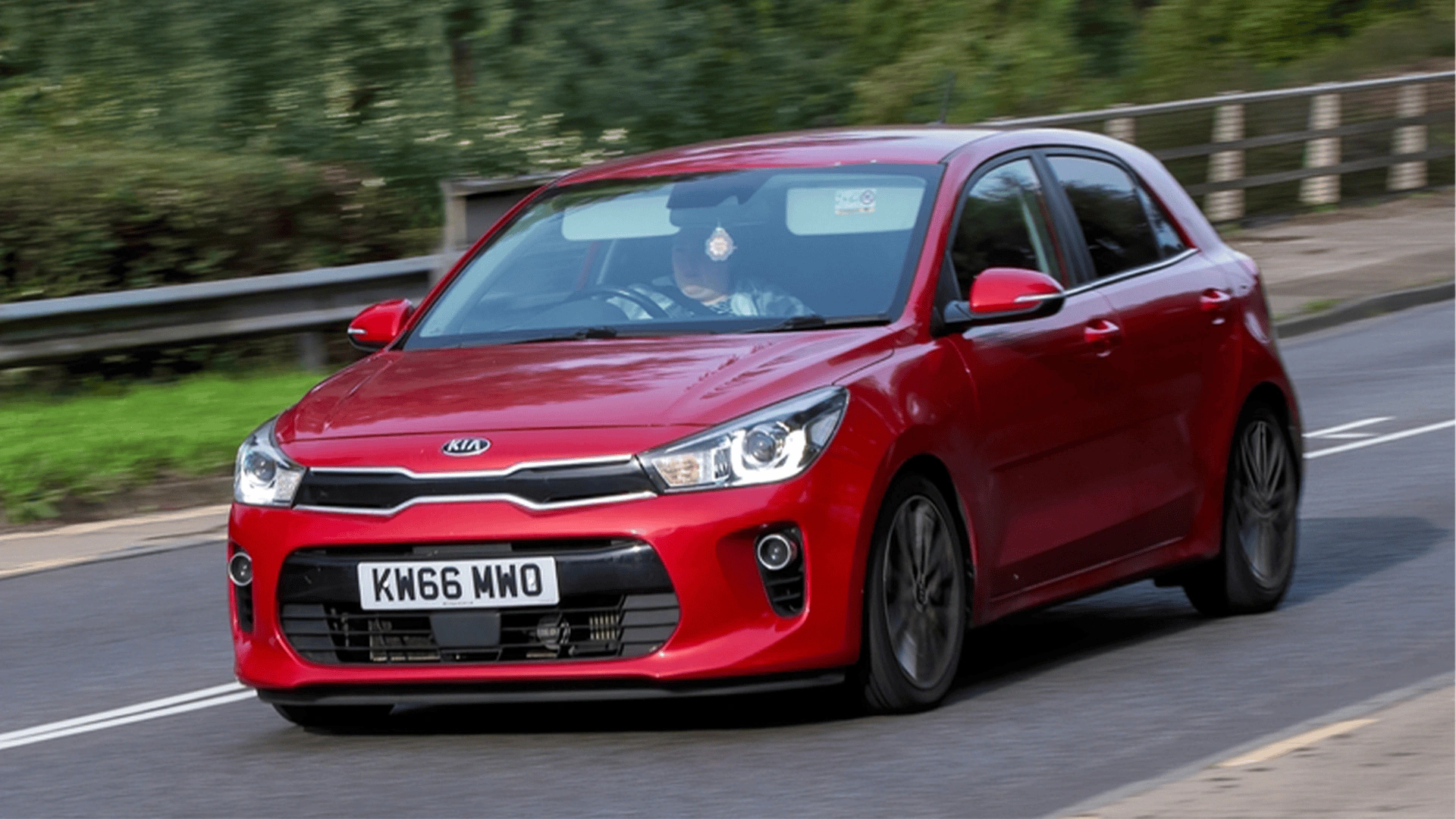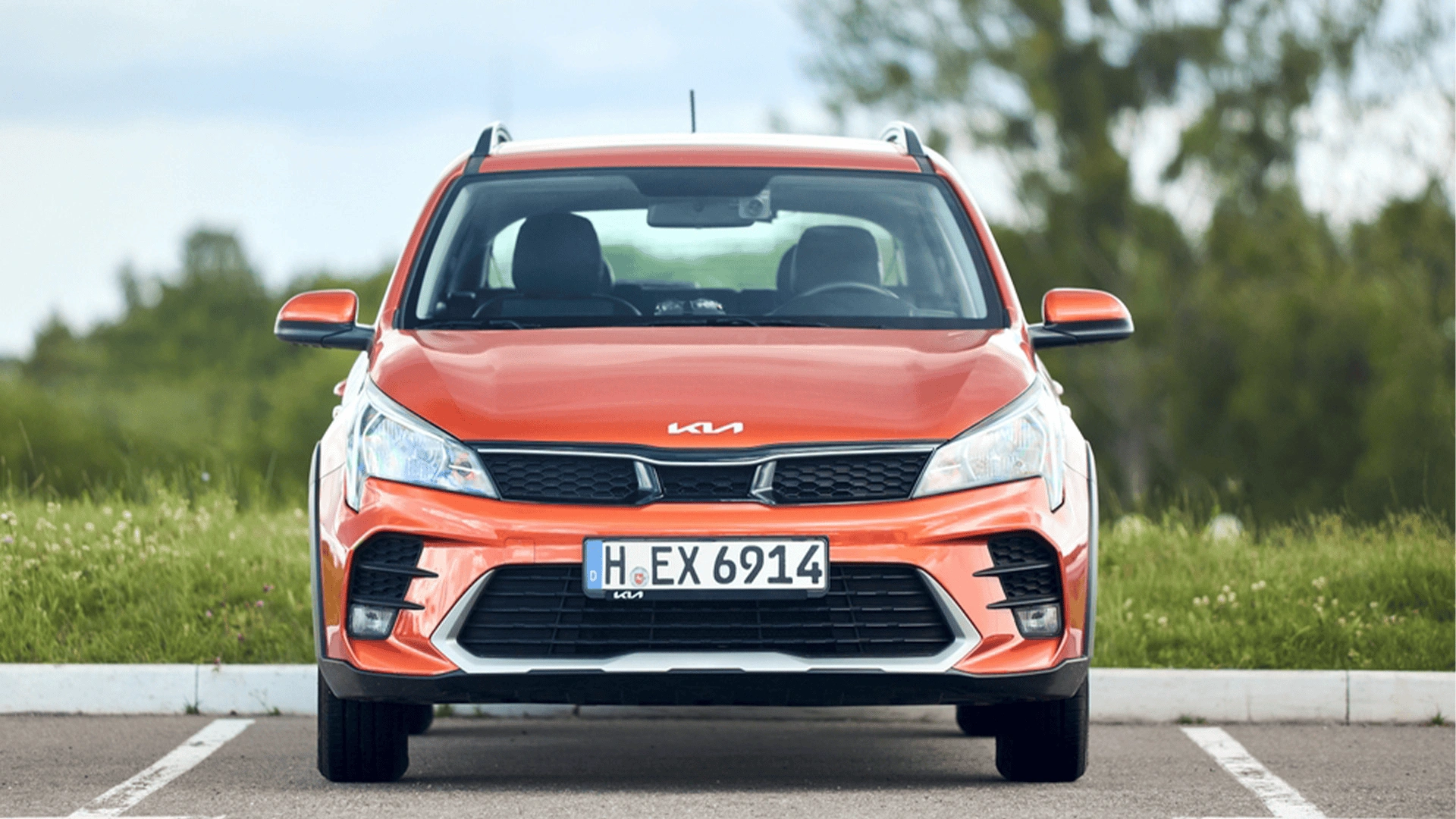
Looking for an affordable supermini that is not too high in budget? The Kia Rio might be your answer. This fourth-generation model (2017-present) has carved out a reputation as one of the most value-packed options in the small car segment, offering budget-conscious buyers a surprising amount of car for their money.
The Rio’s strongest selling point remains Kia’s industry-leading 7-year/100,000-mile warranty, meaning many used examples still carry manufacturer coverage—a rare luxury in the second-hand market.
But beyond the warranty, what does this plucky Korean supermini actually deliver in day-to-day ownership?
This review digs beneath the surface to reveal what the Kia Rio is genuinely like to live with, examining its reliability record, running costs, and how it stacks up against established rivals like the Ford Fiesta and Volkswagen Polo. We’ll help you decide if this budget-friendly option represents a savvy purchase or if you’d be better off looking elsewhere.
What is included in this review:
-
1
Overview
-
2
Performance
-
3
Reliability
-
4
Ownership Costs
-
5
Competitors
-
6
Buying Guide
Overview
- The 7-year/100,000-mile warranty means many used Rios still have factory coverage left—providing peace of mind for budget-conscious buyers concerned about unexpected repair costs
- Post-2020 facelift models received significant improvements including a larger 8-inch touchscreen, sharper styling, and mild-hybrid technology on some engines
- Despite being a supermini, the 325L boot space is surprisingly practical—larger than some competitors including the Ford Fiesta (292L)
- All models from 2018 onwards include Apple CarPlay and Android Auto as standard—offering premium connectivity without extra cost
- The 1.0L turbo engines (99hp or 118hp) strike the best balance between performance and economy—returning over 40mpg while offering decent punch for overtaking
- Maintenance costs remain affordable, but regular servicing is essential—the Rio becomes less tolerant of delayed maintenance compared to Japanese rivals
Overall Rating
4/5
Based on expert evaluation and real-world testing
Performance
3
Reliability
4
Running Costs
4
Practicality
4
Technology
3
Value for Money
5
Expert Review
A practical, value-focused supermini that makes an excellent used buy for the budget-conscious, particularly models from 2020 onwards

How Does the Kia Rio Compare to Previous Generations?
- ✓
Refined Design: More elegant and mature styling compared to the funkier 3rd generation - ✓
Infotainment: Post-2020 models feature 8-inch touchscreen with wireless connectivity - ✓
Boot Space: Increased to 325L from 288L in the previous generation - ✓
Engine Technology: 1.0L turbo engines offer better performance and economy than older 1.4L units - ✓
Safety: Advanced features like Autonomous Emergency Braking standard on most models - ✓
Interior Quality: Better materials and build quality than the 3rd generation’s hard plastics
Ongoing Challenges
- ✗
Base Engine: The 1.2L (84hp) is still underpowered and slower than rivals - ✗
Maintenance Sensitivity: Less tolerant of delayed servicing than 3rd generation - ✗
Ride Comfort: Firmer around town than the previous generation - ✗
Road Noise: Still more noticeable on rough surfaces compared to premium rivals - ✗
Perceived Brand Image: Still lacks the prestige of European rivals despite quality improvements
Will the Rio Be Affordable to Run as a Daily Driver?
For tight budgets, the Rio represents excellent value as a daily driver.
The combination of good fuel economy, low insurance costs, and comprehensive warranty protection mean your regular outgoings should remain predictable and manageable. Opt for a 1.0L turbo model for the best balance of performance and economy, and budget for regular servicing to avoid costly repairs down the line.
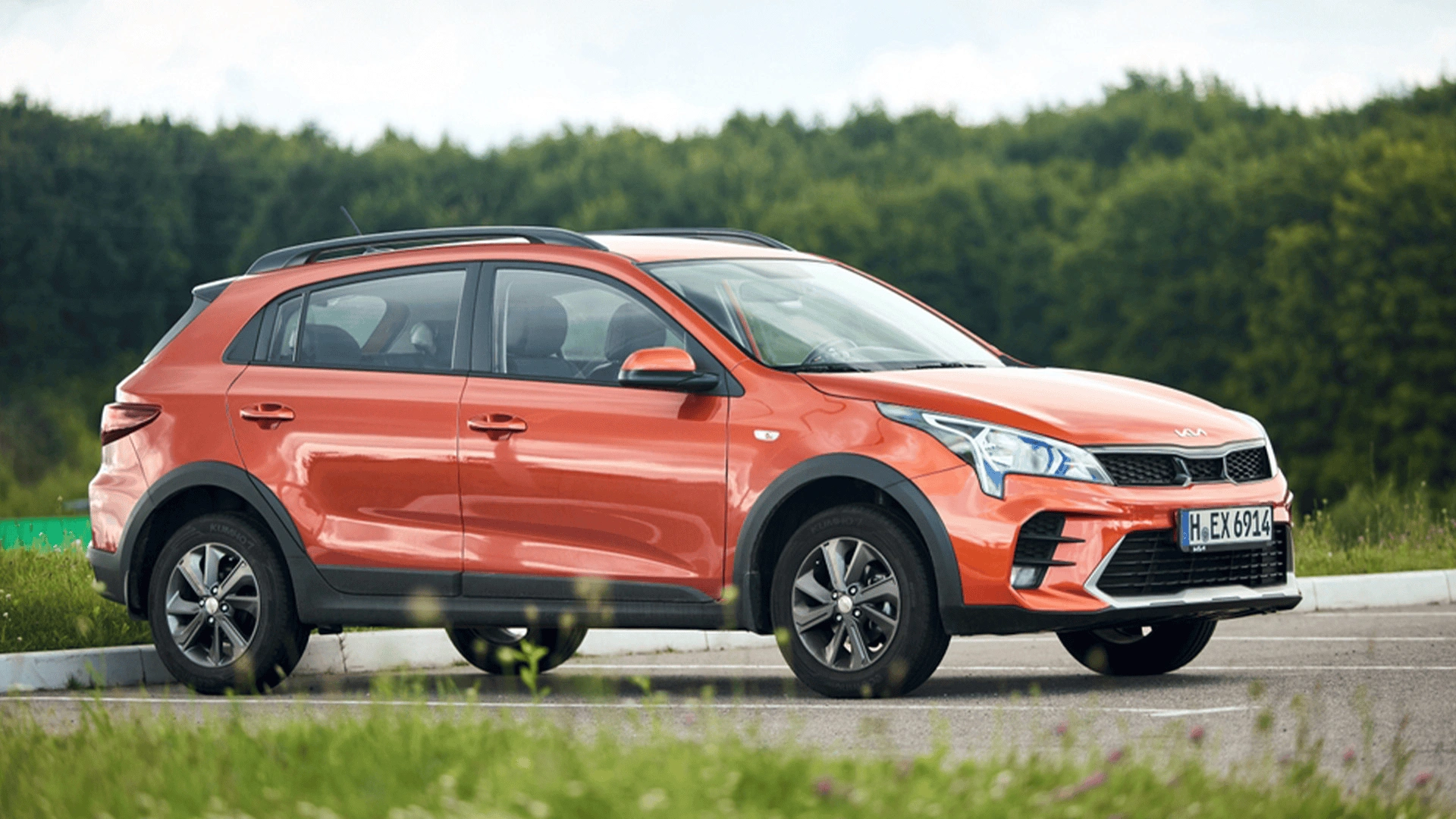
What Are the Common Issues to Watch Out For?
Pre-2020 Rio models suffer from occasional infotainment glitches, including touchscreen freezes and Bluetooth connectivity problems.
Post-facelift (2020+) models with the 8-inch system largely resolved these issues.
Electrical niggles affecting power windows and central locking appear in some examples. These typically indicate poor maintenance rather than serious electrical system failures. Test all electrical systems thoroughly during viewing.
Premature brake pad wear has been reported across various model years. Check for excessive brake dust, squealing during normal braking, or a spongy pedal feel.
The 1.0-litre turbocharged engines require strict adherence to oil change intervals. Some owners have experienced oil consumption issues when maintenance has been neglected. Check for blue smoke on startup and oil level.
Automatic transmissions (both 6-speed and 7-speed DCT) can exhibit jerky shifting in stop-start traffic. Manual gearboxes are generally more reliable and cost-effective in the long run.
Suspension components, particularly on GT-Line models with 17-inch wheels, may wear prematurely on poor roads. Listen for knocking sounds over bumps and check for uneven tyre wear.
Most issues affect only a small percentage of vehicles and are relatively minor when properly maintained. A comprehensive service history remains your best protection against inheriting someone else’s problems.
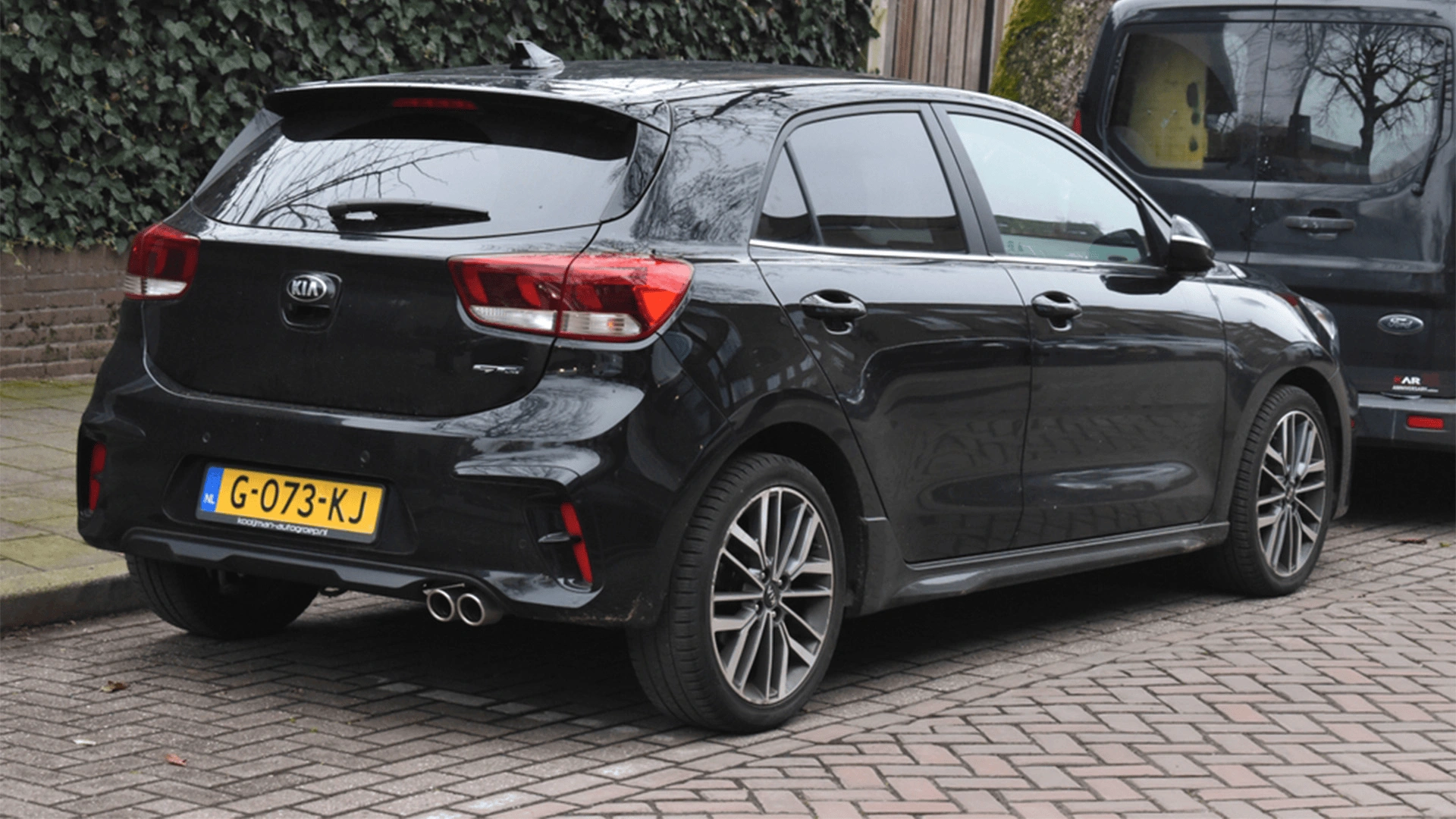
Which Model Years and Engine Options Offer the Best Value?
- Best overall value: 2020 facelift models with improved 8-inch screen and mild-hybrid technology. Still retain 3-4 years of warranty while costing £3,000-£4,000 less than nearly-new examples.
- Budget option: 2018-2019 Rio in ‘2’ trim with 99bhp 1.0 T-GDi engine. Typically £8,000-£10,000 with 2-3 years of warranty remaining.
- Recommended engine: 1.0 T-GDi (99bhp) offers similar fuel economy to the 1.2-litre but with significantly better performance (0-62mph in 10.3 vs 12.9 seconds).
- Transmission choice: Manual gearboxes are more reliable and about £1,000 cheaper than the occasionally problematic dual-clutch automatic.
- Best trim level: Mid-spec ‘2’ provides essentials like alloy wheels, air conditioning, cruise control, and infotainment without the price premium of higher trims.
- Budget bargain: Pre-facelift 2017 models from £6,000-£7,000, but ensure comprehensive service history as major components may soon need attention.
- Ultimate value buy: 2019-2020 Rio ‘2’ with 1.0 T-GDi engine, manual transmission, and full service history. Offers modern tech, good economy, and several years of remaining warranty.
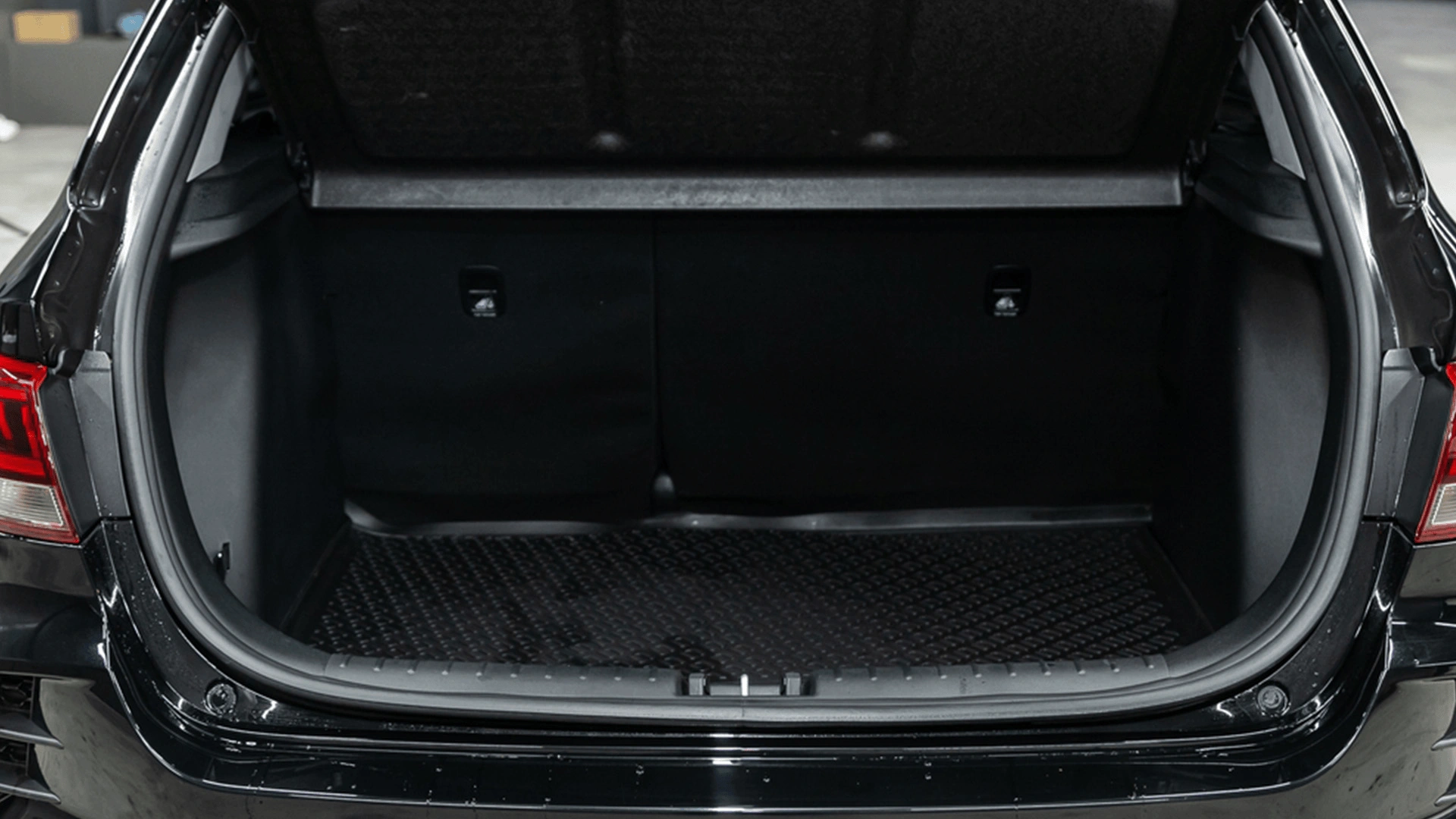
How Practical is the Rio for Everyday Family Use?
- Boot space: 325 litres beats Ford Fiesta (292L). Expands to 1,103L with seats folded.
- Passenger space: Comfortable for four on short trips. Tight for adults in rear on longer journeys.
- City-friendly: Compact size, light steering and 10.2m turning circle ideal for urban use.
- Family features: ISOFIX points on outer rear seats. Good storage throughout cabins.
Perfect for small families or as a second car. May feel cramped for families with teens.
What Makes the Used Kia Rio Worth Considering?
- Unbeatable warranty: Transferable 7-year coverage means significant protection even on used models.
- Value pricing: Typically £2,000-£3,000 less than equivalent Fiesta or Polo models.
- Low running costs: Insurance groups 4-14, real-world 45-50mpg, and affordable servicing.
- Well-equipped: Mid-spec models include air con, parking sensors and smartphone connectivity as standard.
- 2020+ upgrades: Facelifted models offer 8-inch screen and mild-hybrid technology at used car prices.
Performance
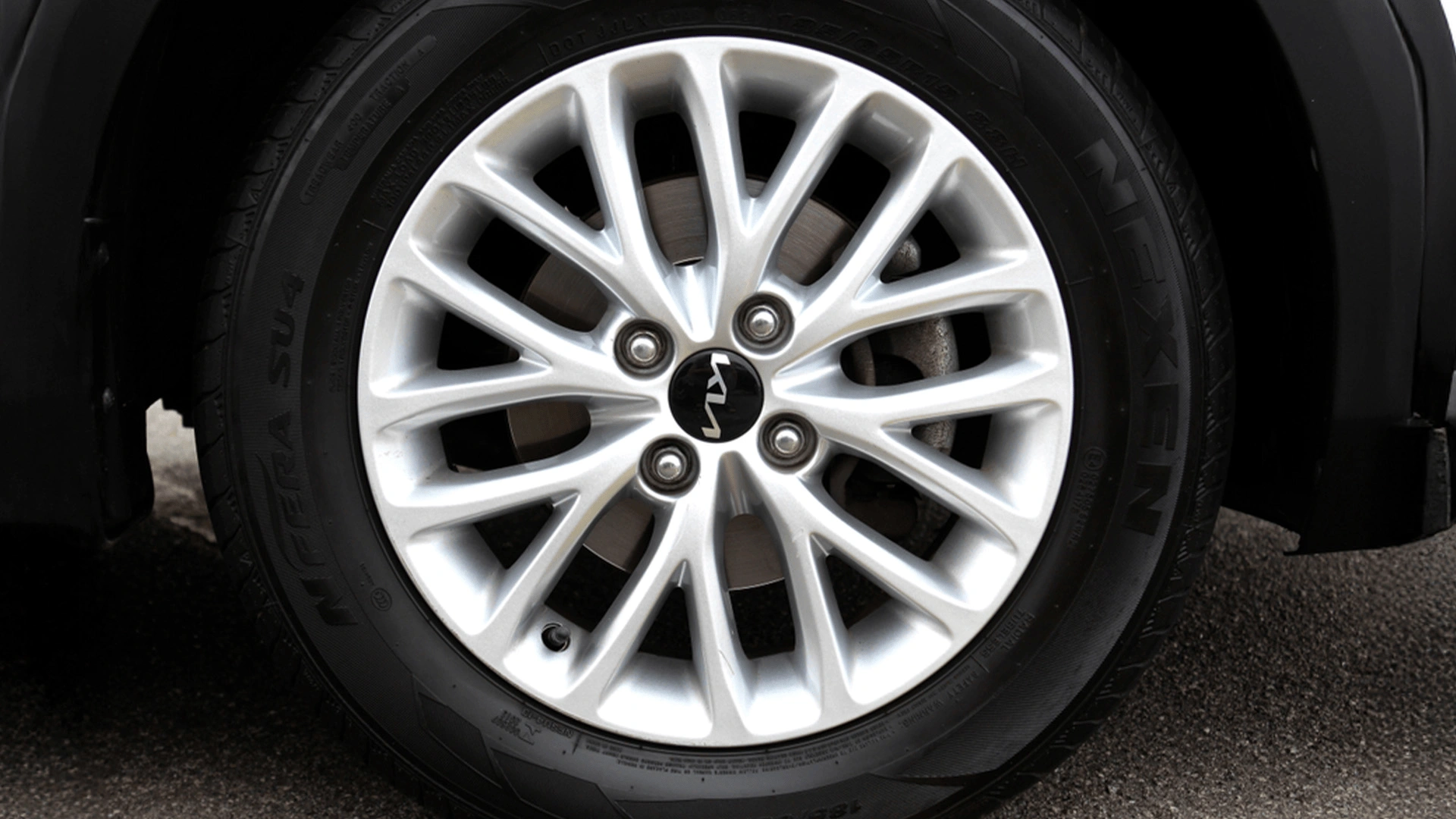
How Does the Rio Perform on the Road?
- Best engine option: 1.0T-GDi (99bhp) offers 0-62mph in 10.3 seconds with smooth power delivery and 48.7mpg economy.
- Avoid if possible: 1.2L (84bhp) struggles with 0-62mph taking 12.9 seconds, especially when fully loaded.
- Handling: Safe and predictable rather than exciting. Light steering is perfect for city but lacks feedback on country roads.
- Ride quality: Firmer than some rivals, particularly on 17-inch wheels. Comfortable enough on motorways but can feel jiggly on urban roads.
- Refinement: Wind and road noise well contained at speed. 1.0T engines are smooth but audible under acceleration.
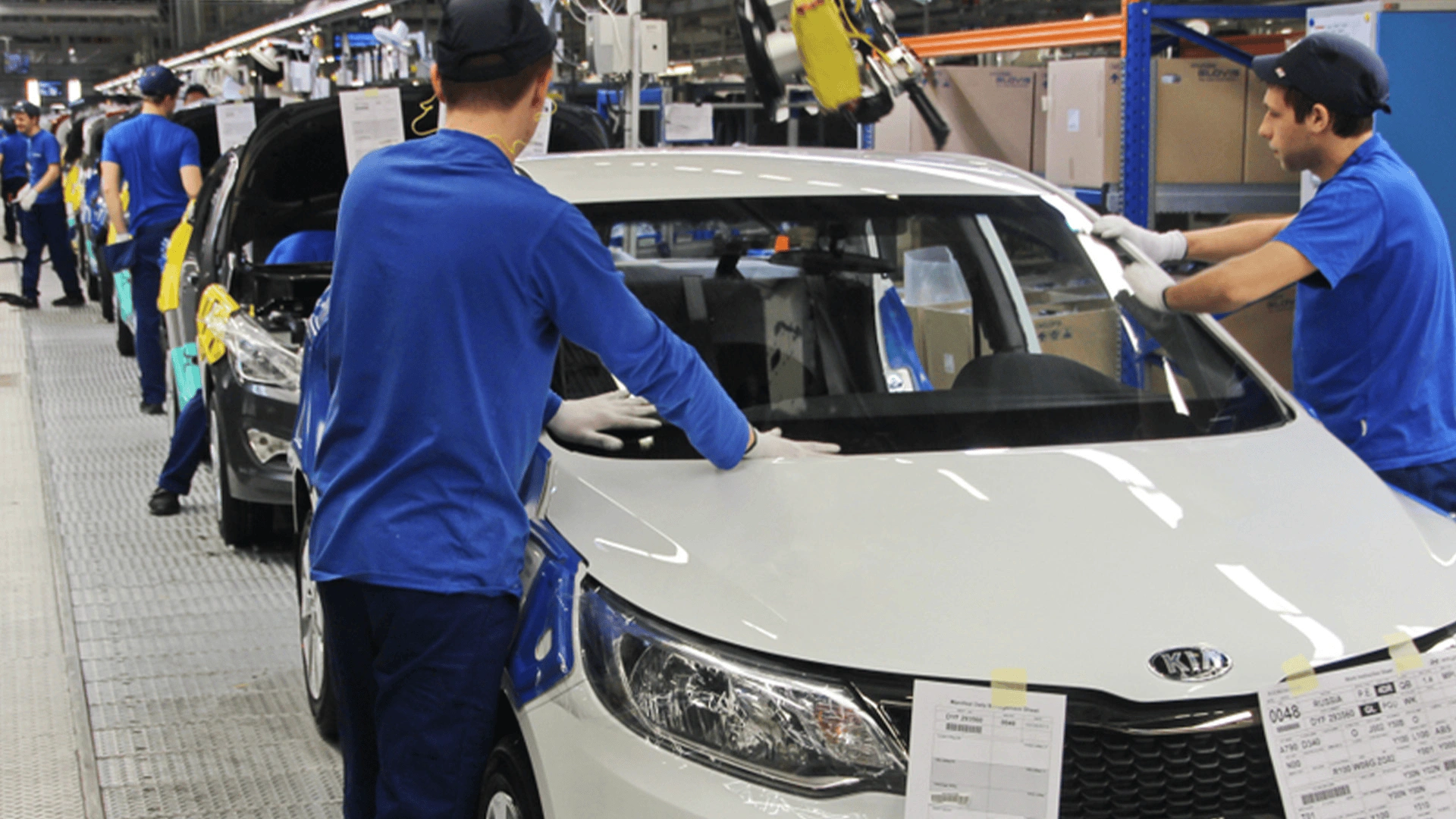
Which Engine Option Delivers the Best Balance?
The 1.0 T-GDi (99bhp) is unquestionably the Rio’s sweet spot, offering 0-62mph in 10.3 seconds while returning 48-50mpg in real driving.
It significantly outperforms the sluggish 1.2L (84bhp), which should only be considered for strictly urban use.
The more powerful 118bhp version provides marginally better acceleration but costs more with little economy benefit.
Always choose the manual gearbox over automatics, which compromise both performance and economy while adding approximately £1,000 to the price. Post-2020 mild-hybrid models offer improved efficiency and smoother stop-start operation if your budget stretches that far.
Is the Rio Economical to Run?
The Kia Rio stands out as one of the more affordable superminis to run on a daily basis.
The 1.0 T-GDi engines deliver real-world economy of 45-50mpg with mixed driving, while insurance costs remain low with groups ranging from 4 for base models to 14 for top-spec versions.
Servicing is reasonably priced at £150-£250 for regular maintenance, though adhering strictly to service intervals is essential for long-term reliability.
Road tax costs £155 annually for post-2017 models, while pre-2017 examples vary based on emissions.
The transferable 7-year warranty represents significant savings on repair costs, potentially eliminating major mechanical expenses for used buyers.
How Does it Handle in City Driving?
The Rio excels in urban environments where many superminis falter.
Its light steering requires minimal effort for navigating tight spaces, while the elevated driving position provides excellent visibility at junctions.
The 10.2m turning circle—tighter than many rivals—makes three-point turns and parallel parking remarkably straightforward.
Where the Rio particularly impresses is the 1.0 T-GDi engine’s responsiveness in stop-start traffic; there’s none of the hesitation you often find with small-capacity turbos. Post-2020 mild-hybrid variants enhance this further with smoother stop-start systems that barely register in operation.
Is it Comfortable for Longer Journeys?
The Rio offers reasonable comfort for longer trips, particularly in mid and higher-spec models.
The front seats provide decent support with good adjustment options, though taller drivers may wish for more under-thigh support on motorway stints. Ride quality is firm around town, especially on models with 17-inch wheels, but settles nicely at higher speeds.
Wind and road noise are well contained for a car in this class, though not quite matching the refinement of the VW Polo.
The 1.0 T-GDi engines cruise comfortably at motorway speeds, with enough power in reserve for confident overtaking. Rear passengers will find the accommodation acceptable for medium journeys, but adults may feel cramped after a couple of hours.
Reliabilty
The fourth-generation Kia Rio (2017-present) has established itself as a generally reliable supermini, with fewer serious issues than both its predecessors and many budget-segment rivals.
While not quite matching the legendary dependability of Japanese alternatives like the Toyota Yaris. The Rio benefits from Kia’s significant quality improvements and the peace of mind offered by its market-leading warranty coverage.
Most problems reported tend to be minor irritations rather than catastrophic failures, making it a sensible choice for used car buyers on a budget.
How does the vehicle hold up after 5+ years, and what service records should buyers look for?
Five-year-old Rios (2017-2018 models) are now showing how the fourth generation ages, with most examples holding up well mechanically when properly maintained.
The engines remain sound at higher mileages, typically showing few issues before 100,000 miles when serviced regularly.
Suspension components may need attention at this age, particularly on cars used predominantly on rough urban roads.
When examining service records, look specifically for:
- Regular oil changes at 10,000-mile intervals (vital for the 1.0T engines)
- Timing belt replacement if approaching 60,000-80,000 miles (depending on model)
- Brake fluid changes every two years
- Transmission fluid replacement on automatic models
- Evidence of any recall work being completed
What are the known weak points specific to this model, and how expensive are they to fix?
Having worked on hundreds of Rios over the years, We have noticed specific patterns in the faults we see. The infotainment systems on 2017-2019 models can develop touchscreen sensitivity issues—typically a £300-400 fix if out of warranty.
The dual-clutch automatic transmissions occasionally require recalibration around 40,000 miles, costing approximately £250.
Early 1.0T engines (pre-2019) sometimes experience turbo actuator faults, causing intermittent power loss; this runs about £500 to repair. The most positive aspect is that catastrophic engine or transmission failures are exceedingly rare, unlike some previous Kia generations.
Most issues are electronic rather than mechanical, and even these affect only a small percentage of vehicles
Additional weak points includes:
- Door lock mechanisms on early models (£150-200 to replace)
- Rear parking sensors failing on higher-spec models (£120-180 to repair)
- Air conditioning condensers on pre-facelift models (£300-400 replacement)
- Seat adjustment mechanisms wearing on high-mileage examples (£200-250 to fix)
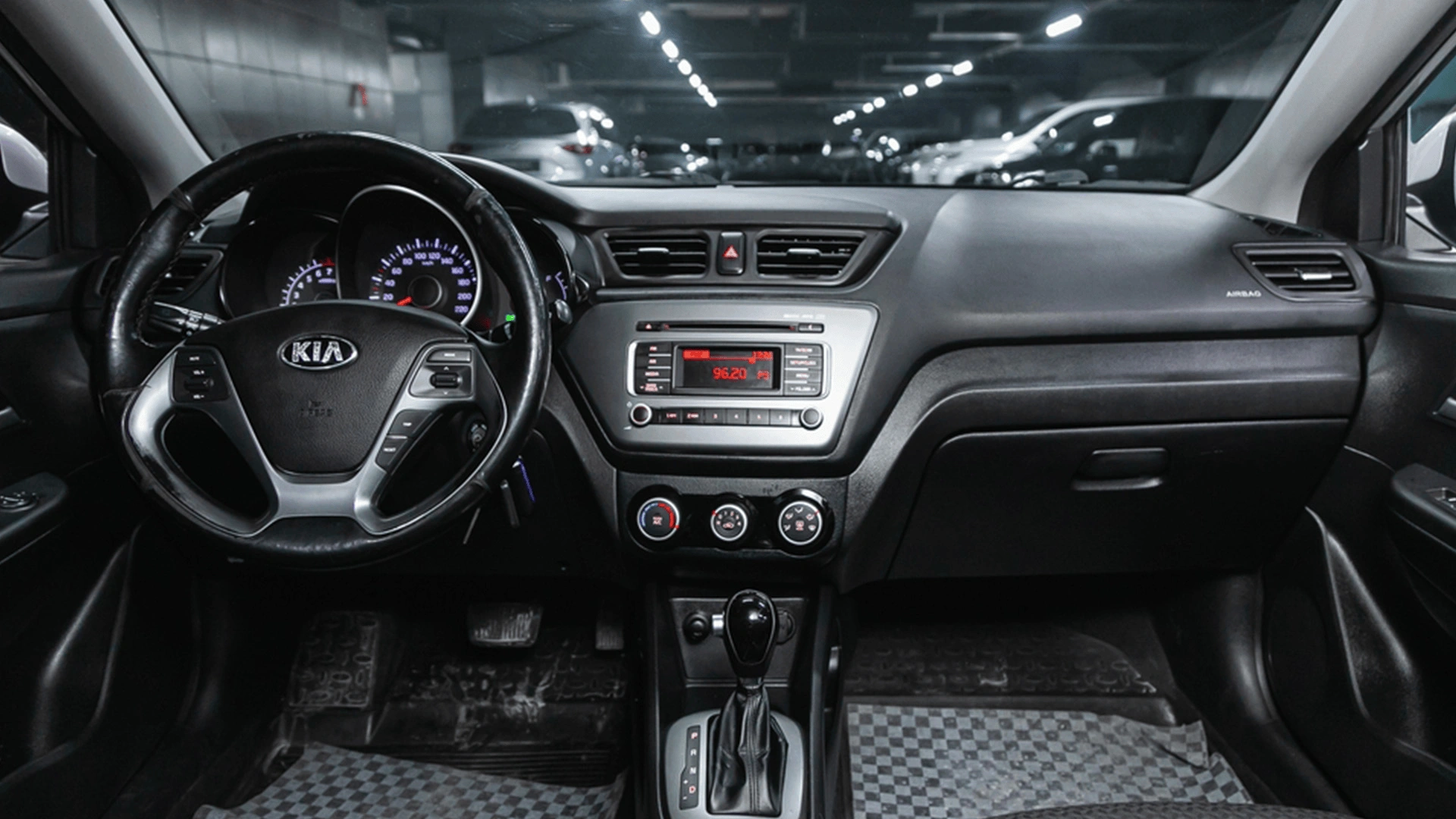
What do long-term owners consistently report about reliability, and how does this compare to official reliability ratings?
Long-term Rio owners generally report positive mechanical reliability with the 1.0T engines earning particular praise when serviced on schedule.
Minor electrical niggles affect about 15% of cars, typically involving infotainment or sensors rather than serious failures.
Interior materials wear faster than expected, especially seat fabrics on high-mileage examples. Manual transmissions receive notably better feedback than automatics.
These experiences largely align with official ratings, with JD Power awarding the Rio 4/5 stars and ranking it 7th in the small car segment—behind the Toyota Yaris and Honda Jazz but ahead of the Ford Fiesta and Corsa.
Onwership Cost
What is a realistic monthly budget for a used Rio?
Budget approximately £250-£350 per month
£150-£180 monthly
£40-£60 monthly
£40-£70 monthly
£15-£20 monthly
£20-£30 monthly
£10-£30 monthly
Note for first-time drivers: Add 30-50% to insurance estimates until you build up your No Claims Bonus.
Finance estimates based on typical used car loans from Choose My Car
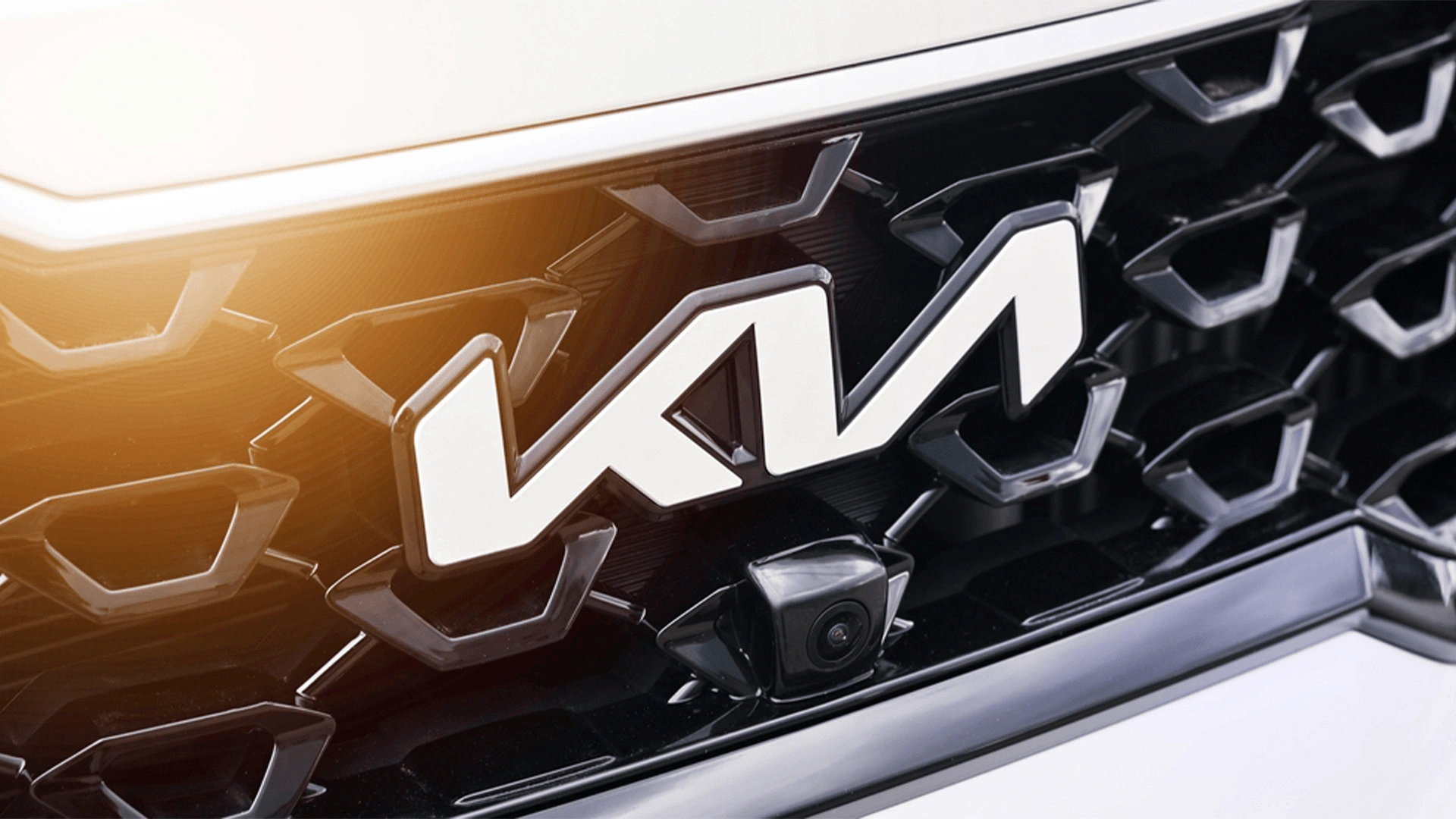
What hidden costs do first-time Rio buyers typically overlook?
Many first-time Rio owners underestimate servicing requirements.
Unlike some Japanese rivals, the Rio needs strict adherence to service intervals, with costs averaging £150-£250 annually.
Timing belt replacement at around 60,000 miles (approximately £350-£450) catches many owners unprepared.
Urban drivers frequently overlook parking permits, resident-zone charges, and higher insurance premiums.
The 1.0T engines require premium fuel for optimal performance, adding roughly 5-10% to fuel costs compared to budget forecasts based on standard unleaded prices.
How does insurance work for the Rio, especially for new drivers?
The Rio sits in insurance groups 4-14 depending on specification, significantly lower than many rivals.
New drivers over 25 can expect premiums around £600-£900 annually for a mid-spec model. Building No Claims Bonus dramatically reduces costs—expect 30-40% reduction after 3 years of claim-free driving.
Adding a named experienced driver (legitimately) can reduce premiums by 10-20%. Telematics (“black box”) policies offer first-year savings of 25-40% for careful drivers. The 1.0T models typically cost only marginally more to insure than the basic 1.2L despite the performance improvement, representing excellent value.
How can Rio owners best prepare for unexpected repairs?
The Rio’s transferable 7-year warranty provides exceptional protection, but planning remains essential. Setting aside £20-£30 monthly creates a maintenance buffer for when warranty expires.
Common post-warranty expenses include brake overhauls (£250-£350), suspension components (£200-£300 per corner), and air conditioning repairs (£300-£400).
Joining owners’ forums provides early warning of model-specific issues. Independent specialists typically charge 30-40% less than main dealers for identical work on out-of-warranty cars while maintaining service history validity if manufacturer parts are used.
Competition
The Kia Rio competes in the highly contested supermini segment, going head-to-head with several established rivals. Some of its key competitors are Volkswagen Polo, Hyundai i20, and the Ford Fiesta.
Here is how Kia Rio Competes against the competitors
How Does It Compare?
Compare key features and specifications
|
Features
|
Kia Rio
|
Ford Fiesta
|
VW Polo
|
Hyundai i20
|
|---|---|---|---|---|
|
Boot Space
|
||||
| 325L | 292L | 351L | 326L | |
|
Used Price Range (3-4 years old)
|
||||
| £8,000-£10,000 | £8,500-£11,000 | £10,000-£12,500 | £7,800-£9,500 | |
|
Driving Experience
|
||||
| Comfortable, predictable | Engaging, fun to drive | Refined, composed | Balanced, nimble | |
|
Interior Quality
|
||||
| Good, durable | Functional, some hard plastics | Premium, well-built | Modern, similar to Rio | |
|
Insurance Groups
|
||||
| Groups 4-14 | Groups 5-15 | Groups 8-18 | Groups 5-13 | |
| Warranty | ||||
| 7-year 100,000 miles | 3-year 60,000 miles | 3-year 60,000 miles | 5-year unlimited miles | |
Which Rival Offers the Best Value Alternative?
If budget is your primary concern, a late model Vauxhall Corsa often represents the cheapest entry point for a similar-aged supermini.
However, the real value competitor is the Hyundai i20, which offers much of the Rio’s practicality and reliability with sometimes more aggressive pricing.
For buyers seeking a more engaging driving experience without breaking the bank, a higher-mileage Fiesta ST-Line often sells for similar money to a mid-spec Rio.
Is the Rio More Reliable Than Its Competitors?
Reliability data places the Rio ahead of European rivals like the Polo, Corsa, and even the Fiesta.
While Japanese alternatives such as the Toyota Yaris and Honda Jazz lead the reliability charts, the Rio sits comfortably in the upper-middle tier.
The key difference is the Rio’s sensitivity to maintenance—when serviced according to schedule, reliability is excellent, but delayed maintenance affects it more severely than some Japanese rivals.
The transferable 7-year warranty provides peace of mind that competitors simply can’t match.
Buying Guide
Kia Rio: Expert Buying Guide
After thoroughly evaluating the Kia Rio, we’ve compiled this comprehensive buying guide to help you navigate the used car market and make a smart purchase decision for this practical and value-focused supermini.
Key Considerations Before Buying
- Engine choice matters – The 1.0 T-GDi (99bhp) offers the best balance of performance and economy; avoid the underpowered 1.2L for motorway use
- Trim level affects value – ‘2’ trim (or post-2020 ‘mid-spec) offers the best equipment-to-price ratio with essential tech included
- Consider the remaining warranty – A 3-4 year old example still has significant manufacturer coverage remaining
- Check service history meticulously – The Rio is less forgiving of missed maintenance than some Japanese rivals
- Transmission choice – Manual gearboxes tend to be more reliable and economical than the occasional problematic DCT automatic
What to Avoid
Base-spec models with the smaller 5-inch screen lack smartphone connectivity. The 1.2L engine feels underpowered on motorways and hills. Be wary of examples with patchy service history, as delayed maintenance affects reliability significantly. DCT automatic transmissions in high-mileage examples require careful checking. Pre-2020 cars with outstanding recalls should be approached with caution until recall work is verified as completed.
Smart Buying Tips
- Focus on 2020+ models – The facelift brought significant improvements to the infotainment and styling
- Check for oil consumption – The 1.0T engines should be checked for correct oil level and blue smoke on startup
- Test all electronics – Pay particular attention to the infotainment system, power windows, and central locking
- Look for maintained examples – A comprehensive service history can add £500 to resale value later
- Verify warranty validity – Ensure the car has been serviced according to Kia’s schedule to maintain warranty coverage
Our Verdict
“The Kia Rio excels as a value proposition with practical dimensions, economical engines, and class-leading warranty coverage. While it doesn’t match the Ford Fiesta for driving enjoyment or the VW Polo for interior quality, it delivers a well-rounded package at a compelling price point. With the right engine and trim combination, plus evidence of careful maintenance, a used Rio represents one of the most sensible and cost-effective choices in the supermini segment.”





